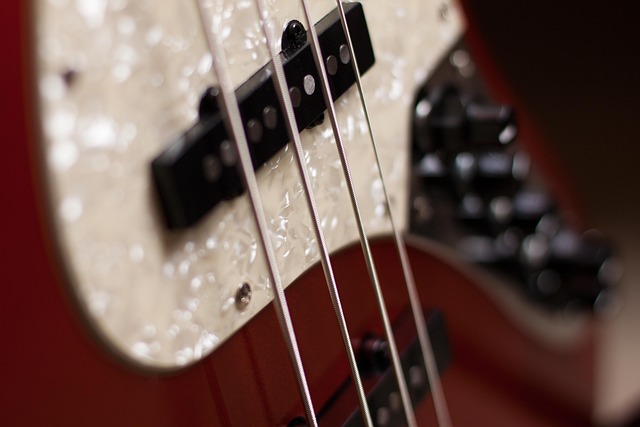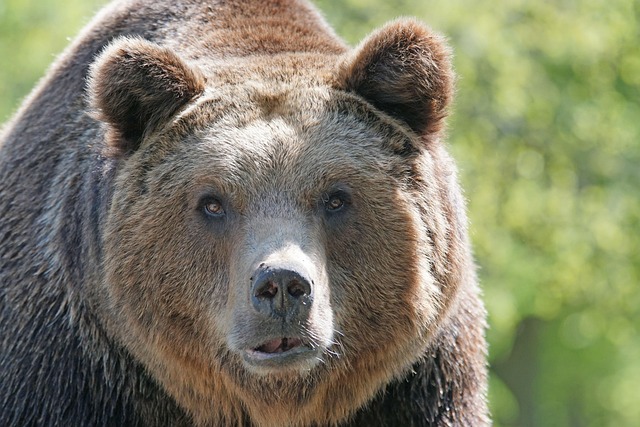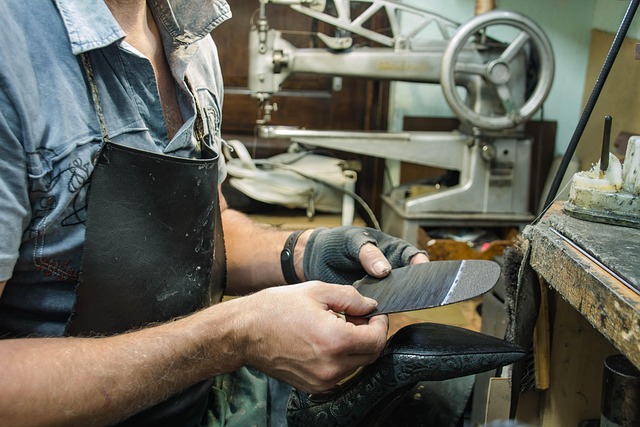Mastering Basic Photography: A Beginner’s Guide

Photography is an art form that allows you to capture moments, express creativity, and preserve memories. Whether you're using a smartphone, a point-and-shoot camera, or a DSLR, understanding the fundamentals will help you take better photos. This tutorial will cover the essential concepts of photography, helping you build a strong foundation.

1. Understanding the Basics of Photography
Before diving into technical details, it’s important to grasp the core principles of photography. At its simplest, photography is about capturing light. Your camera works by letting light pass through a lens and onto a sensor (or film), creating an image.
Key Concepts:
- Exposure Triangle: This refers to the three main settings that control how light interacts with your camera: aperture, shutter speed, and ISO.
- Lighting: Natural or artificial light plays a crucial role in photography. Learning to work with different lighting conditions will improve your shots.
- Composition: How you frame your subject can make or break a photo. Techniques like the rule of thirds, leading lines, and framing will help you create visually appealing images.
Mastering these basics will give you the confidence to experiment and develop your unique style.

2. The Exposure Triangle: Aperture, Shutter Speed, and ISO
The exposure triangle is the foundation of photography. Understanding how these three elements work together will help you take well-exposed photos in any situation.
Aperture
Aperture refers to the size of the lens opening that lets light enter the camera. It’s measured in f-stops (e.g., f/2.8, f/8). A wide aperture (low f-number) lets in more light and creates a shallow depth of field (blurred background), while a narrow aperture (high f-number) lets in less light and keeps more of the image in focus.
When to adjust aperture:
- Use a wide aperture for portraits (to blur the background).
- Use a narrow aperture for landscapes (to keep everything sharp).
Shutter Speed
Shutter speed controls how long the camera’s sensor is exposed to light. It’s measured in seconds or fractions of a second (e.g., 1/1000s, 1/30s). A fast shutter speed freezes motion, while a slow shutter speed creates motion blur.
When to adjust shutter speed:
- Use a fast speed (1/1000s or higher) for action shots.
- Use a slow speed (1/30s or lower) for long exposures (e.g., waterfalls, star trails).
ISO
ISO determines the camera’s sensitivity to light. A low ISO (e.g., 100-400) is ideal for bright conditions, while a high ISO (e.g., 1600-6400) is needed in low light. However, higher ISOs can introduce digital noise (graininess).
When to adjust ISO:
- Keep ISO low in daylight.
- Increase ISO in low light if aperture and shutter speed aren’t enough.
Balancing these three settings ensures your photos are properly exposed without sacrificing quality.

3. Composition Techniques for Stunning Photos
Composition is what makes a photo visually appealing. Even the best lighting and exposure won’t save a poorly composed shot. Here are some essential composition techniques:
Rule of Thirds
Imagine dividing your frame into a 3x3 grid. Placing your subject along these grid lines or at their intersections creates a more dynamic and balanced composition.
Leading Lines
Use natural or man-made lines (roads, fences, rivers) to draw the viewer’s eye into the photo toward the subject.
Framing
Use objects like windows, arches, or tree branches to frame your subject and add depth.
Negative Space
Leaving empty space around your subject can create a minimalist, striking effect.
Practice these techniques to make your photos more engaging and professional-looking.

4. Working with Light: Natural and Artificial
Lighting is the most critical element in photography. Different types of light create different moods and effects.
Natural Light
- Golden Hour: The hour after sunrise or before sunset when the light is soft and warm.
- Midday Sun: Harsh and direct, often creating strong shadows.
- Cloudy Days: Diffused light that’s ideal for soft, even exposures.
Artificial Light
- Flash: Helps in low-light situations but can create harsh shadows if misused.
- Strobes and Speedlights: Professional lighting tools for controlled setups.
- Continuous Lighting: Like lamps or LED panels, useful for video and studio work.
Experiment with different lighting conditions to understand how light shapes your subjects.
5. Post-Processing: Enhancing Your Photos
After taking a photo, post-processing can elevate your work. Even the best photographers use editing software to fine-tune their images.
Common Editing Tools
- Adobe Lightroom: Great for color correction, exposure adjustments, and filters.
- Photoshop: Advanced editing, including retouching and compositing.
- Mobile Apps: Snapseed, VSCO, and Lightroom Mobile for quick edits.
Key Adjustments
- Exposure: Brighten or darken the entire image.
- White Balance: Correct color temperature.
- Contrast: Enhance the difference between light and dark areas.
- Cropping: Improve composition.
Avoid over-editing; subtle adjustments usually work best. The goal is to enhance, not distort, your original image.
Final Thoughts
Photography is a skill that improves with practice. By understanding the exposure triangle, mastering composition, working with light, and learning basic editing, you’ll take your photos to the next level. Don’t be afraid to experiment—every shot is a learning opportunity.
Now grab your camera and start capturing the world around you! 📸

0 Comments
Please login or register to leave a comment.